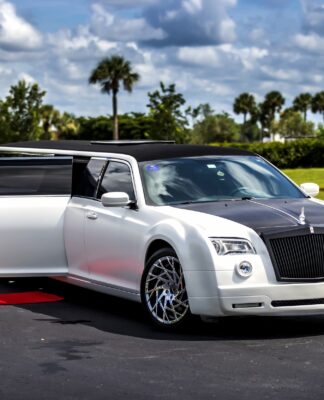A mechanic shop or auto repair center is incomplete without automotive lifts. Automotive lifts are an important investment and should be selected with great care. Considering the different makes, designs, and models, you may easily find yourself overwhelmed with options. This article solves that problem for you by going over the different types of automotive lifts, their pros and cons, and more to help you make a selection.
Different types of automotive lifts
Automotive lifts are important for many reasons, especially in an auto repair shop. It helps keep vehicles suspended at a height to allow mechanics and technicians to work under it. The different designs available on the market may be confusing. However, the end goal is the same; to make the underpart of the vehicle easy to access.
It is understandable if you’re between the different available options. We go over them in the next paragraphs and help you decide which is best for your specific needs.
Two Post Lifts
The two-post lift is the most common type of automotive lift on the market. You’re likely to have seen one at your local auto repair shop too. The design is simple, and so is the mechanism. The posts on either side of the lift are sturdy and designed to withstand the weight of the vehicle as it is lifted for repair by the stabilization arms.
The two post lifts are cost-effective and are great for small shops looking to start out on a budget. This type is also good for amateurs who need a simple system to get under the car for repairs. Auto mechanics looking to conserve space also have a better chance of space-saving with this vehicle lift type.
The two post lifts are available in three options.
Symmetrical: Has two equal supporting arms holding about 50% each of the vehicle’s weight.
Asymmetrical: Has unequal supporting arms. The arms swing back and forth and may have a rotating post design.
Very symmetrical: can be adjusted to be symmetrical or asymmetrical, depending on needs.
Other than these three above, there are other types of two-post lifts. They include overhead lifts and floorplate lifts.
Pros: Two post lifts are great for amateurs, cost-effective, and space-saving
Cons: Operation can be time-consuming.
Four Post Lifts
This is often common in heavy vehicle workshops. The four-post lifts allow for equal weight distribution across the vehicle and posts. They are perfect for all kinds of vehicle lifting functions, whether smaller vehicles or heavier trucks.
Four post lifts are user-friendly but have their own flaws too. One common complaint among auto mechanics is the need for extra investment in a sliding bridge jack to lift the wheels off the runway during wheel service.
Pros: It allows for faster and more distributed weight lifting. Operates at 115 volts, while the two post lifts operate at 220 volts. It also has a wider accessory range.
Cons: They are pricier and take up more space.
Scissors Car Lifts
This category includes car lifts that raise the car on an accordion-like stand. This type of lift is available in different sizes and can fit different needs. Some may require the vehicle to be driven over them, while others hoist it from the ground up. The most common type is the mid-lift style hoist, perfect for wheel services.
Scissors-style car lifts are divided into three main categories. They include;
- X type
- Parallelogram type, and
- Pantograph lifts
Pros: They are space-saving, depending on the size and capacity.
Cons: They require slight tweaking from time to time to fit each vehicle’s profile.
Portable Car Lifts
This is the perfect option for people who wish to maximize space usage to the highest. As the name implies, portable car lifts are designed to be just that. There are different types of portable car lifts on the market, depending on the size and space you have to work with.
Pros: They can save you a lot of space
Cons: You may spend more time getting things done using this lift.
In-ground Car Lifts
In-ground car lifts have been around for years and have remained an important part of many auto repair shops. They can also be found in large rental shops, junkyards, etc. They allow vehicles to be lowered underground when they’re not being worked on.
As you can imagine, this type of lift requires a lot of space, as it is installed in-ground to function. Some may also install it on the floors and rely on it to lift the cars to a height to inspect the undersection.
Pros: It serves as an elevator that keeps cars underground when not being serviced
Cons: Requires a lot of space and can be expensive to install and maintain.
Using the information above, you can quickly select the one that works best for your space and budget.















